Dispelling Myths About Reflexology: What You Should Know
Introduction to Reflexology
Reflexology is an alternative therapy that involves applying pressure to specific points on the feet, hands, and ears. Despite its growing popularity, many myths persist about this practice, leading to confusion and skepticism. In this post, we'll explore and dispel some common myths about reflexology, providing you with a clearer understanding of what it truly entails.

Myth 1: Reflexology is Just a Foot Massage
One of the most prevalent myths is that reflexology is merely a foot massage. This is far from the truth. While it does involve manipulating the feet, reflexology is based on the theory that certain points on the feet correspond to different organs and systems in the body. By stimulating these points, practitioners aim to promote healing and overall well-being.
The Science Behind Reflexology
Although reflexology is not universally accepted by the medical community as a scientifically proven treatment, some studies suggest that it may help reduce pain and enhance relaxation. The practice is believed to trigger a relaxation response in the body, which can help reduce stress and improve circulation.
Myth 2: Reflexology Can Diagnose Illness
Another common misconception is that reflexologists can diagnose medical conditions by examining your feet. While reflexologists are trained to detect imbalances or tension in certain areas, they are not medical doctors and cannot diagnose illnesses. Reflexology should not replace medical advice or treatment.

Complementary, Not Alternative
Reflexology is meant to be a complementary therapy that works alongside conventional medical treatments. It can support overall health and well-being but should not be seen as a substitute for professional medical care.
Myth 3: Reflexology is Painful
Many people worry that reflexology will be painful, but this is generally not the case. A skilled reflexologist will apply the right amount of pressure, which should feel soothing rather than painful. If any discomfort arises, it's important to communicate with your practitioner so they can adjust their technique accordingly.

Personalization of Treatment
Each reflexology session is tailored to the individual's needs. Practitioners take into account personal sensitivities and comfort levels, ensuring that each session is a relaxing experience. This personalized approach helps maximize the benefits of the therapy.
Myth 4: Reflexology is Only for Feet
While foot reflexology is the most well-known form, reflexology can also be applied to the hands and ears. Each of these areas has its own map of reflex points that correlate with various parts of the body. This versatility makes reflexology accessible to those who may have an aversion to foot treatments.
Exploring Different Forms
Hand and ear reflexology are excellent alternatives for individuals who may be sensitive about their feet or unable to undergo foot treatment due to injury or mobility issues. By exploring these options, more people can enjoy the potential benefits of reflexology.
Conclusion
In conclusion, reflexology offers a holistic approach to wellness that can complement traditional medical practices. By dispelling these common myths, we hope to provide a more accurate picture of what reflexology involves and how it can benefit those who seek it out. As with any therapy, it’s essential to consult with qualified professionals and make informed decisions about your health care journey.
